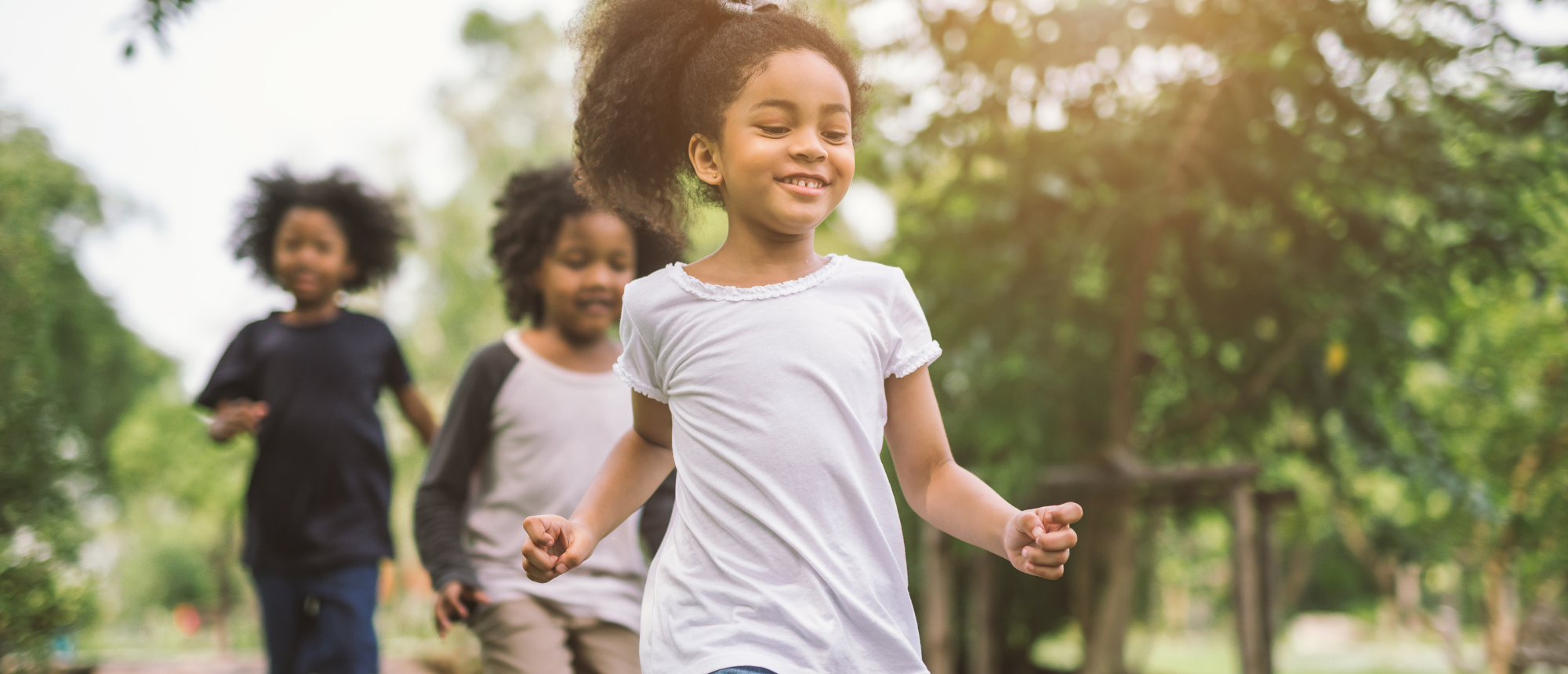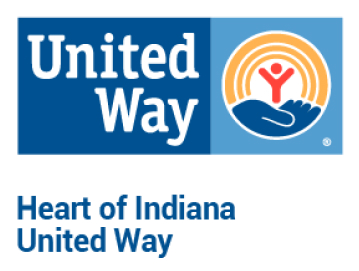
“It’s in our biology to trust what we see with our eyes. This makes living in a carefully edited, overproduced and photoshopped world very dangerous. ”
― Brené Brown
Equity Challenge Racism in Education
Now that we are more knowledgeable about institutional racism, unconscious bias, stereotypes and microagressions we want to dive deeper into how systems work to perpetuate racism and how marginalized people struggle against it.
During the 1980’s and becoming commonplace in the 1990’s schools across the United States began adopting zero tolerence policies towards student behavior. Increasingly, schools looked to in-school police officers and out of school suspension as ways to curb dangerous, disruptive or undesirable behavior. Instead of punative justice as a last resort, in some schools, it has become the only resort. These practices disproportionatley effect Black and Brown students.
When you read that paragraph did you think of pre-schoolers?
In the school year 2017-18, 2,822 pre-schoolers received one or more out-of-school suspensions. Of those, Black pre-schoolers made up 18.2% of enrollment but accounted for 43.3% of suspensions. And Black pre-school students were expelled at rates that were more than twice (38.2%) their share (18.2%) that of total enrollement.
There is a growing body of work that shows successful implementation of other restorative justice practices that benefit the health, wellness and potential success of all students. Measures like quiet rooms, decreased class sizes, increased presences of counselors and mental health care.Many of our local schools now provide access to things that help ensure students have access to basic needs, like food, clothing and even laundry service. These supports can help address outside school factors that increase student sucess.
Today’s challenge is one of the longest of this series, and it’s why we saved it for a Friday. Thank you for sticking with us throughout the challenege and continuing your commitment to equity.
Definitions
Zero Tolerence Policy: students who break certain school rules face mandatory penalties, including suspension and referral to law enforcement.
School-to-Prison Pipeline: the practice of pushing students out of school and into the criminal justice system
Restorative Justice: an alternative to using punishment-based approaches to school discipline and behavior management in K-12 classrooms. It focuses on repairing harm through inclusive processes that bring together students and educators.
Articles
What Educators Can Do to Help Dismantle the School-to-Prison Pipeline
- Read this article spotlighting restorative justice and ways to move away from criminalizing Black and Brown students.
Restorative Justice: Resources for Schools
- Read this article with case studies of schools successfully implementing restorative justice techniques.
Lessons from Oakland’s Police Free Schools
- Learn more about how parents, students and an entire community took a differnt approach to classroom behaviors.
Podcast
Videos
We Can Prevents ACES
- What are Adverse Childhood Experiences and how to prevent them. Watch this short video from the CDC.
How the School-To-Prison Pipeline Functions: ( 2:00 Min Watch)
- Watch this short video: Suspensions, expulsions, and in-school policing are harming black students by taking them out of school and funneling them into prisons. Description from YouTube
On Diversity-Access Aint Inclusion
- Cultural norms play an important part in student success. Getting into college for disadvantaged students is only half the battle. Watch this video where Anthony Abraham Jack, Assistant Professor at the Harvard Graduate School of Education, reveals how and why they struggle and explains what schools can do differently if these students are to thrive. He urges us to grapple with a simple fact: access is not inclusion.Description from YouTube
Simon Says-Slam Poetry from Young Voices
- Youth poets Ashley Davis and Oompa recite their poem Simon Says during the 2016 National Poetry Slam Finals. *Warning-this poem does contain strong language

